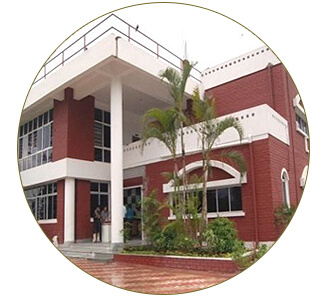Water Conservation and Pisciculture
The smallholder farmers in the forest fringe villages mostly follow rainfed farming practices. Even though the area receives sufficient rainfall during the monsoon but it drains off causing not only scarcity of water, reduced soil moisture content, lack of potential for ground water recharge but erodes the top soil, soil nutrients and reduces the soil productivity. Storage of rainwater is crucial for conserving the precious rainwater.
There are various in situ water conservation techniques such as compartment bunding, ridges and furrows, tide ridges, and loose boulder check dams that can be used for the benefit of small and marginal farmers. Rainwater harvesting through small farm ponds and ditches for supplemental irrigations and recharging dead open dug wells are cost-effective and can improve productivity.
Irrigation use efficiency can be improved through drip and sprinklers to conserve the water resources, food security and enhance income.
IBRAD Approach
Loose boulder check Dam
Through participatory processes IBRAD has involved the small holder tribal villagers to identify the sources of water and the path through which it drains off. The villagers are then organised to construct loose boulder check dams across the streams/nalas to check the water at least for six months a year. This is done by using the locally available resources. The stored water is used for bathing and cattle and also for providing supplementary irrigation to the adjoin land during the Rabi season.
Panch Gadiya
Digging small ditches with a dimension of 10ft long, 5 ft width, and 5ft depth in the land of the tribal small holder farmer and cover it with plastic sheet for storage of rainwater for about six months.
Five types of activities are initiated by using the water.
Pisciculture – The water is treated and fast growing species are released which is harvested after six months
Nutrition garden – Supplementary irrigation to the nutrition garden (sabji bari) adjacent to it.
Fruit tree plantation – On the bank of the Gadiya fruit trees are planted
Small Nursery – A small nursery is established to produce the saplings beside the gadiya and irrigation is done by using the water.
Home herbal garden – Medicinal plants garden (home herbal garden) is established beside the Gadiya by using its water for irrigatio.
Storage of kitchen waste water and its use in the nutrition garden
Kitchen waste water is stored in small ditches covered with plastic by the women and are used in irrigating the Nutrition Garden.



